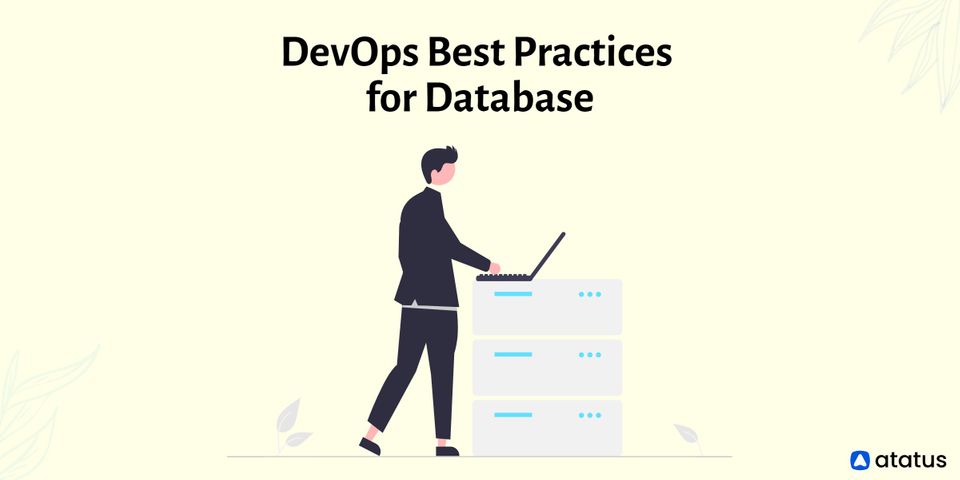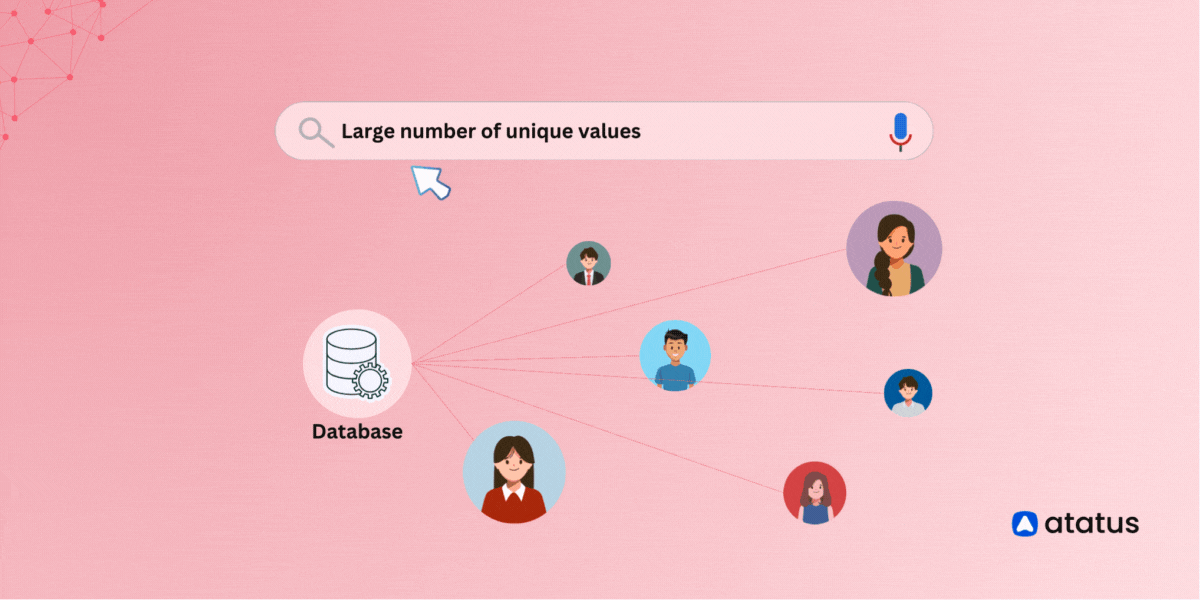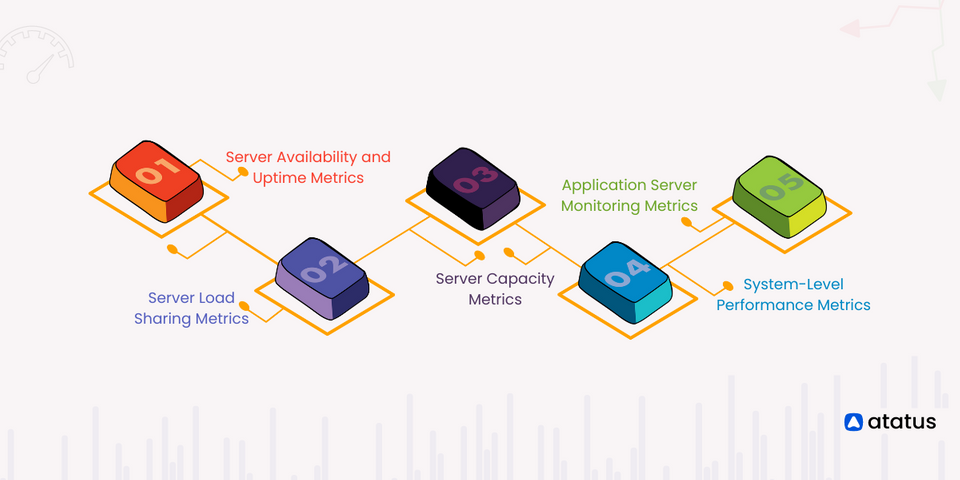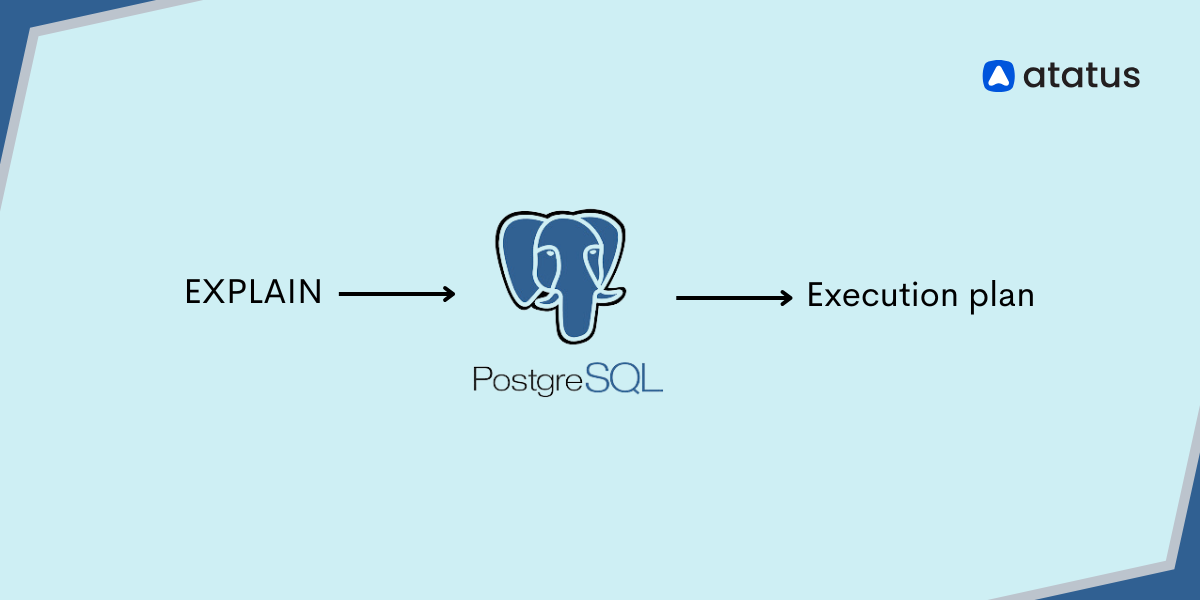DevOps Best Practices for Database
DevOps has been bridging the gap between the development and operations teams for more than a decade. It is eliminating the organizational barriers between the two and automates the delivery process. It's time to start treating databases the same way we treat the delivery pipeline when applying DevOps.
When we have a large database, automation is crucial. When the database has too much information, changing a table can take ages and block further changes like inserts, updates, or deletes.
A wide range of technical issues and delivery bottlenecks that eventually impact the quality and time-to-market might result from not extending your CI/CD pipelines to the databases. These 9 DevOps best practices help in creating a database to improve software quality and speed up the release.
- Version Control
- Database Security and Governance
- Implement Modular Architecture
- Add Database to the CI/CD Pipeline
- Reduce Manual Fixes and Time-Consuming Errors
- Maintain a Complete History of All Changes
- Measure Your KPIs
- Enforce Company Standards and Guidelines
- Tech Stack Integration
Databases are the weakest link in the pipeline and are frequently managed through manual workflows, despite Continuous Integration (CI) and Continuous Delivery (CD) approaches pushing for rapid code updates. As a result, there are bottlenecks, slow-release cycles, unwanted downtime, crashes, and delays. Here are some important DevOps Best Practices for Database.
#1 Version Control
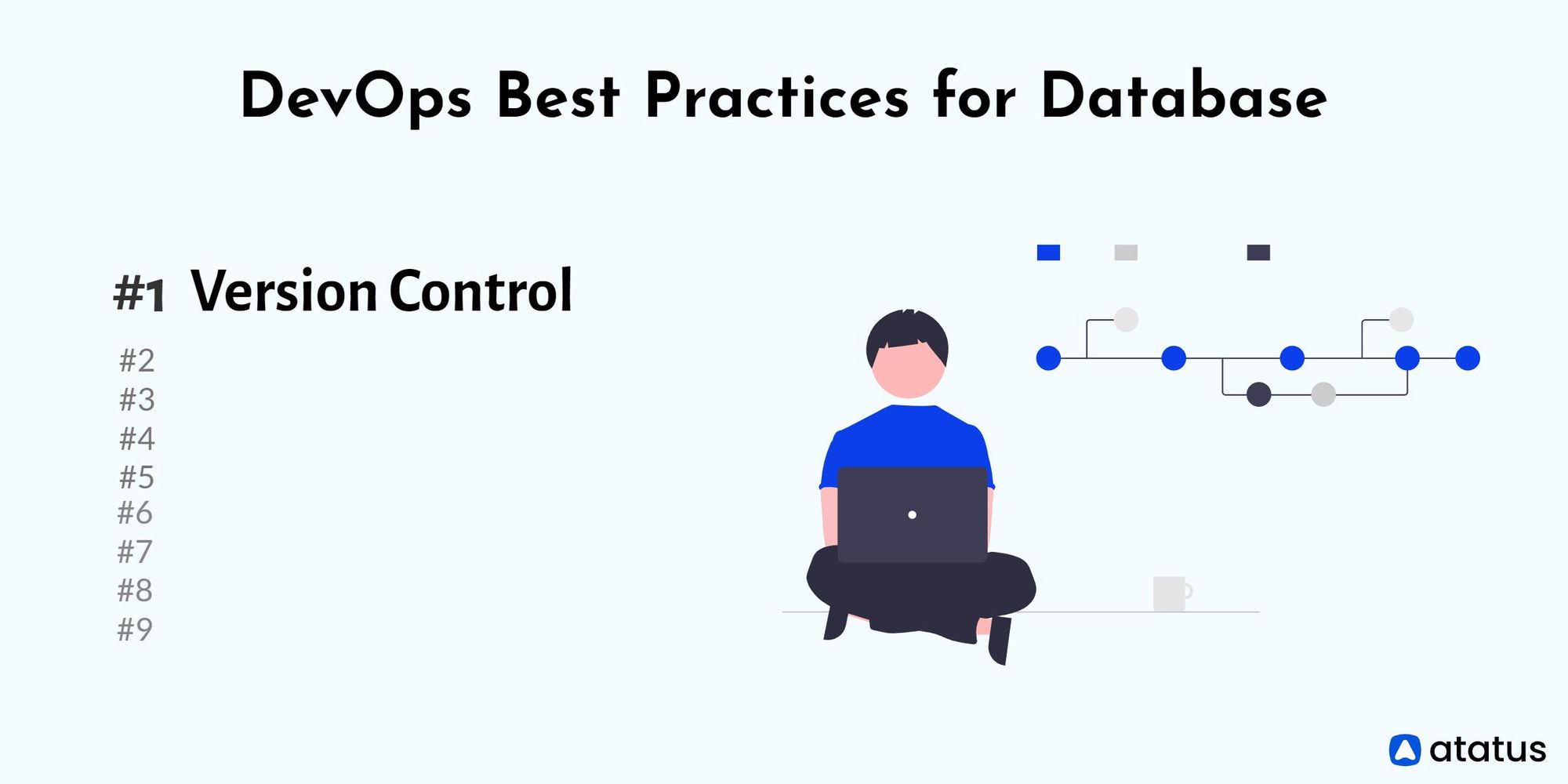
According to a Redgate Database DevOps report, only 17% of application code has version control, compared to 45% of databases.
Traditional tracking and monitoring techniques need a lot of time and resources. In addition, they seem to be useless for controlling database version releases and updates. Because of this, a database must be included in the release automation process (CI/CD). It will make the development cycle more flexible.

A DBA must invest several hours in manual work to keep track of every modification made to the database by every stakeholder. Automating it would be possible to obtain a complete record whenever necessary and maintain it for database compliance.
A database change policy might make database versioning easier to automate. Errors might occur even when a database is a part of the DevOps workflow. The company should have a database change policy in place to prevent them.
Despite this dynamic coding environment, the development stakeholders will see to it that database modifications are standardized and automation yields error-free output.
#2 Database Security and Governance
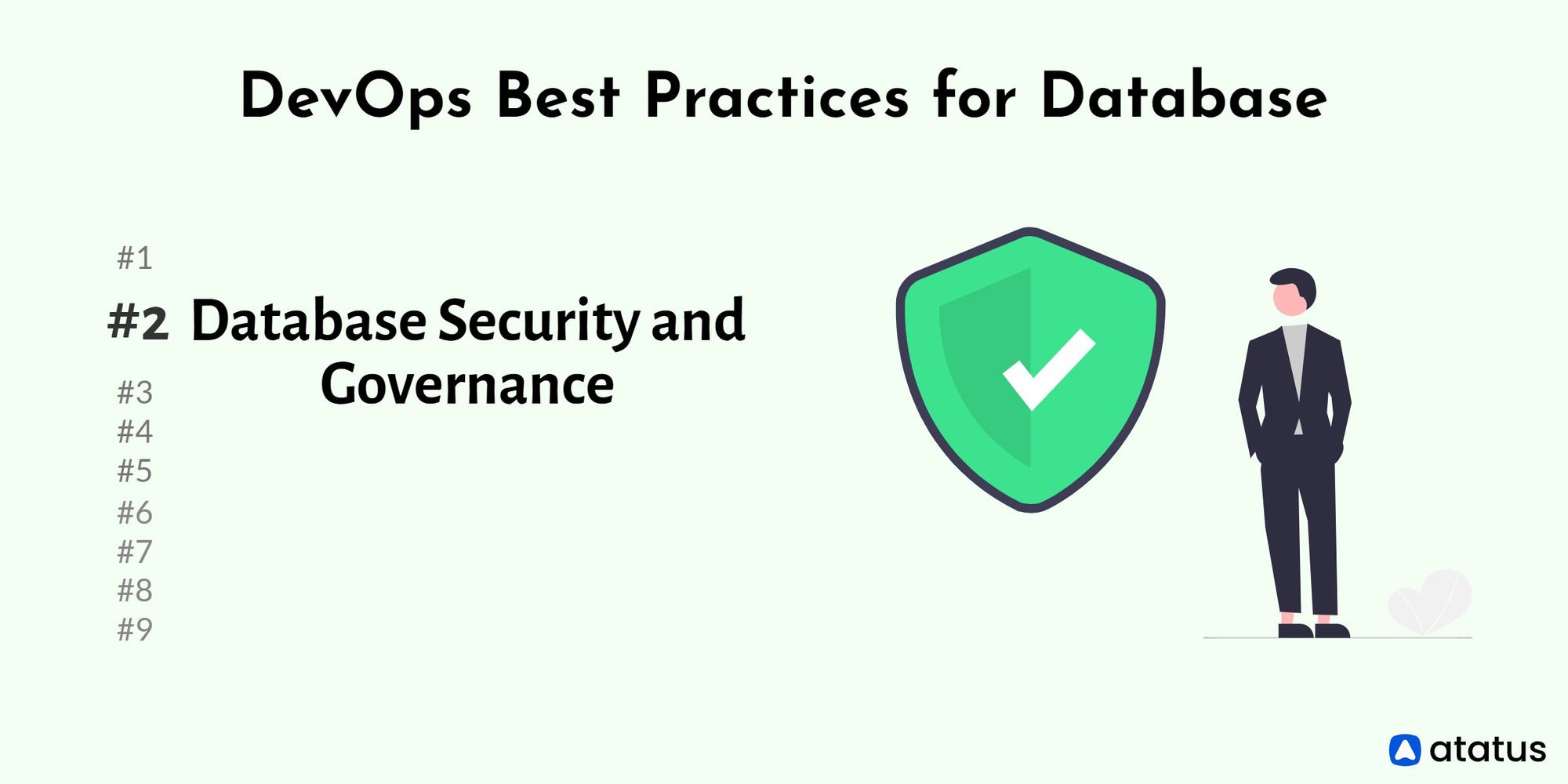
Rules and permissions are necessary for database management. Define who has access to the database and what they can do with it so that alerts can be sent to prevent illegal use and enforce compliance. You can specify, for example, who has access to the database and who can deploy database updates.
Role management requirements vary from organization to organization, but from a security standpoint, you want to restrict access to the database as much as you can without making the process challenging.
Read more about Role-Based Access Control.
You might not need to send your developers into production. Establish granular permissions for database updates and specify who can deploy them. Control access to the database and set permissions for particular modifications to the database code.
Database audit history can also be a significant barrier to sustaining governance. Manually curating a report is not practical if numerous developers are engaged in a project and thousands of changes are being made. Automation helps in the production of an audit report that supports the governance and maintenance of database security.
#3 Implement Modular Architecture
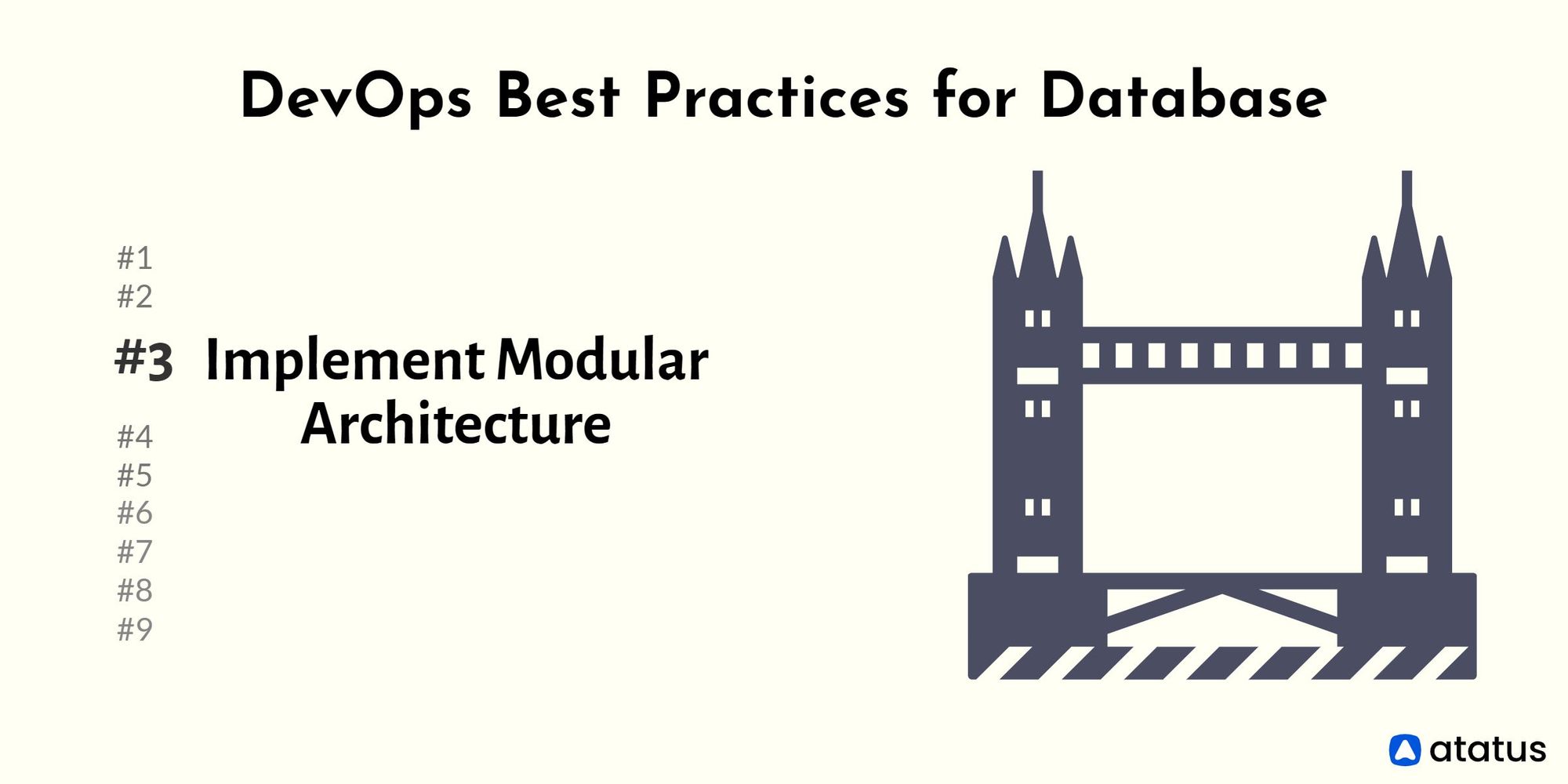
The strongly connected structures of databases are one of their main issues. Such systems typically contain a big central database, so any modifications to the database would have a significant effect on the system.
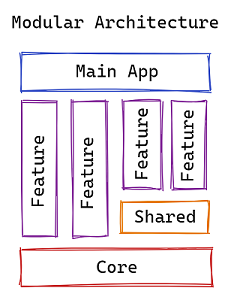
Smaller changes are always simpler to handle, especially in databases. If a problematic database change is deployed, the team may be forced to shut down operations and spend many days fixing the problem.
We are fortunate to have modular architectures like SOA and microservices nowadays, which allow us to build unique, compact databases for each. As updates are made to the database for a particular service, such architectures keep the databases from being overworked.
#4 Add Database to the CI/CD Pipeline
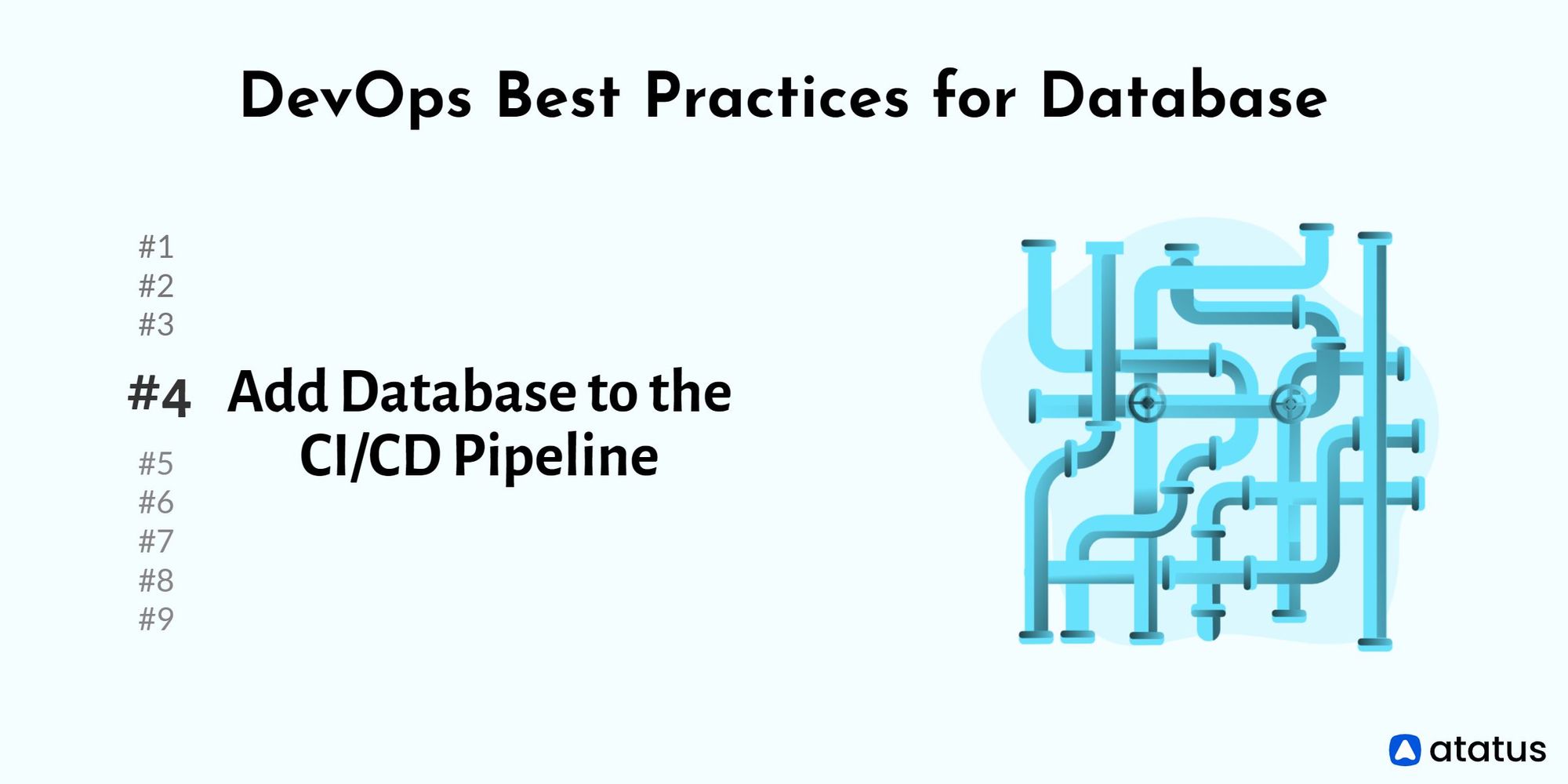
When it comes to databases, DevOps is still reliant on manual operations, which leads to configuration drifts and errors. DevOps is all about frequent and iterative changes.
When it comes to databases, configuration drifts are a frequent source of release-related issues. These drifts can emerge as brand-new schema configurations as a result of out-of-process changes, incompatible changes made by several teams, or production hotfixes that have been modified by SQL scripts. These configuration drifts are a cause of the disaster.
Read how to Boost SQL Query Optimization.
Developers can prevent those issues by integrating the database into the CI/CD loop. The CI/CD pipeline is now essential. It is a requirement for regular, timely releases.
Collaboration between the database team and the developers will lead to more reliable and consistent builds. The CI process automatically verifies database schema updates, ensuring the database's structural stability.
The CI/CD pipeline's lifelines are its tools. Ensure the database is automated using tools compatible with the technologies already in use when the database is added to the CI/CD pipeline. Tools for database automation can conduct tests, verify database scripts, and synchronize the database with the source code.
#5 Reduce Manual Fixes and Time-Consuming Errors
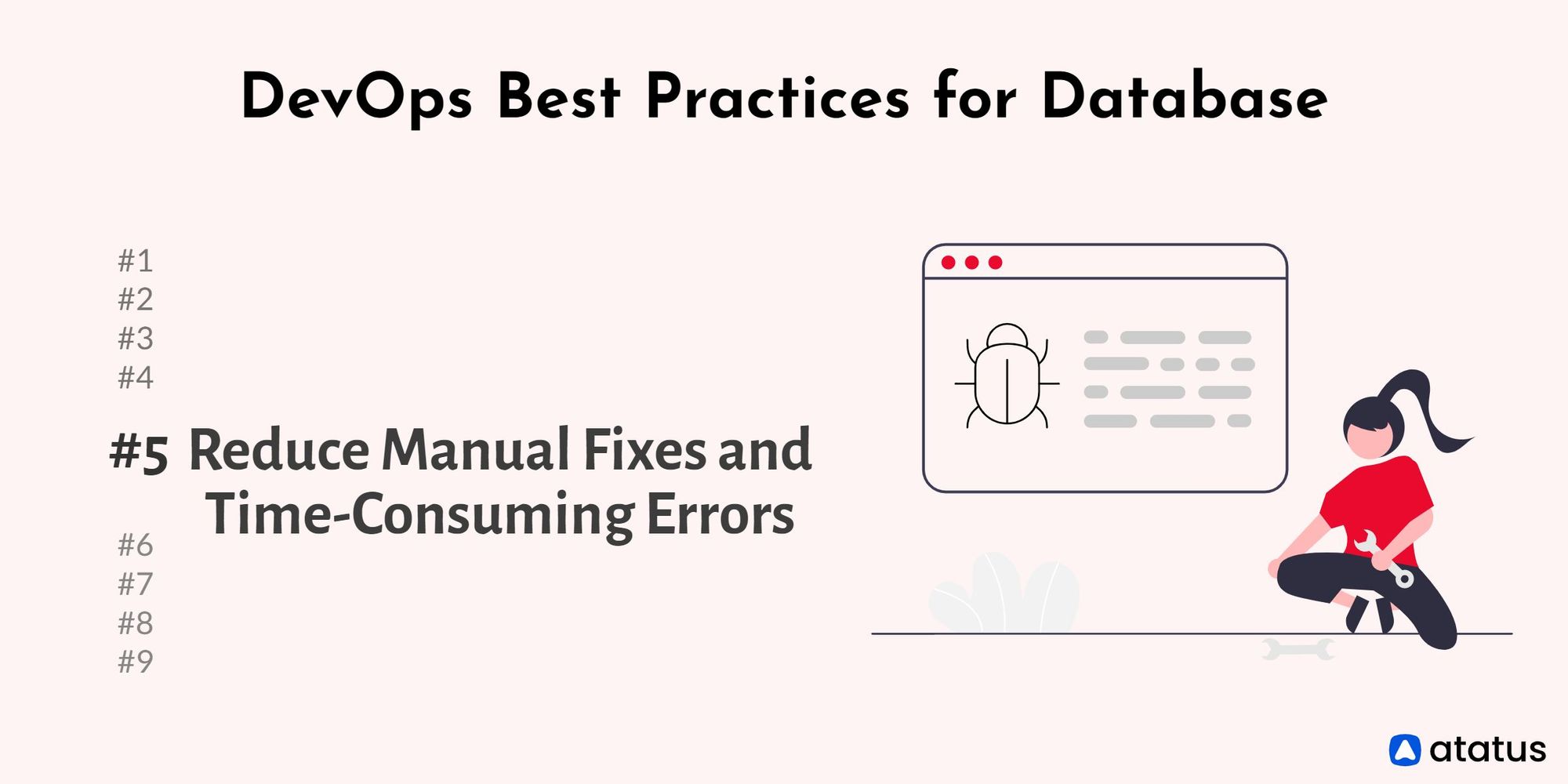
Avoiding last-minute errors is essential. Analyze the configuration drifts and errors beforehand to ensure that the release is successful in any scenario after production. Dry-running the code before release will help you catch issues early and reduce their impact.
Look for inconsistencies. Before you release your code into production, you'll want to make sure the release will work successfully in real-world scenarios. The aim is to identify potential configuration errors, drifts, and flaws before they occur.
The integration test is yet another crucial test.
Integration testing must be carried out. A developer might have created a fantastic change that meets all the requirements, but you won't know until it is released whether it will conflict with other system code.
Integration testing and dry-running your integrations are crucial because of this.
#6 Maintain a Complete History of All Changes
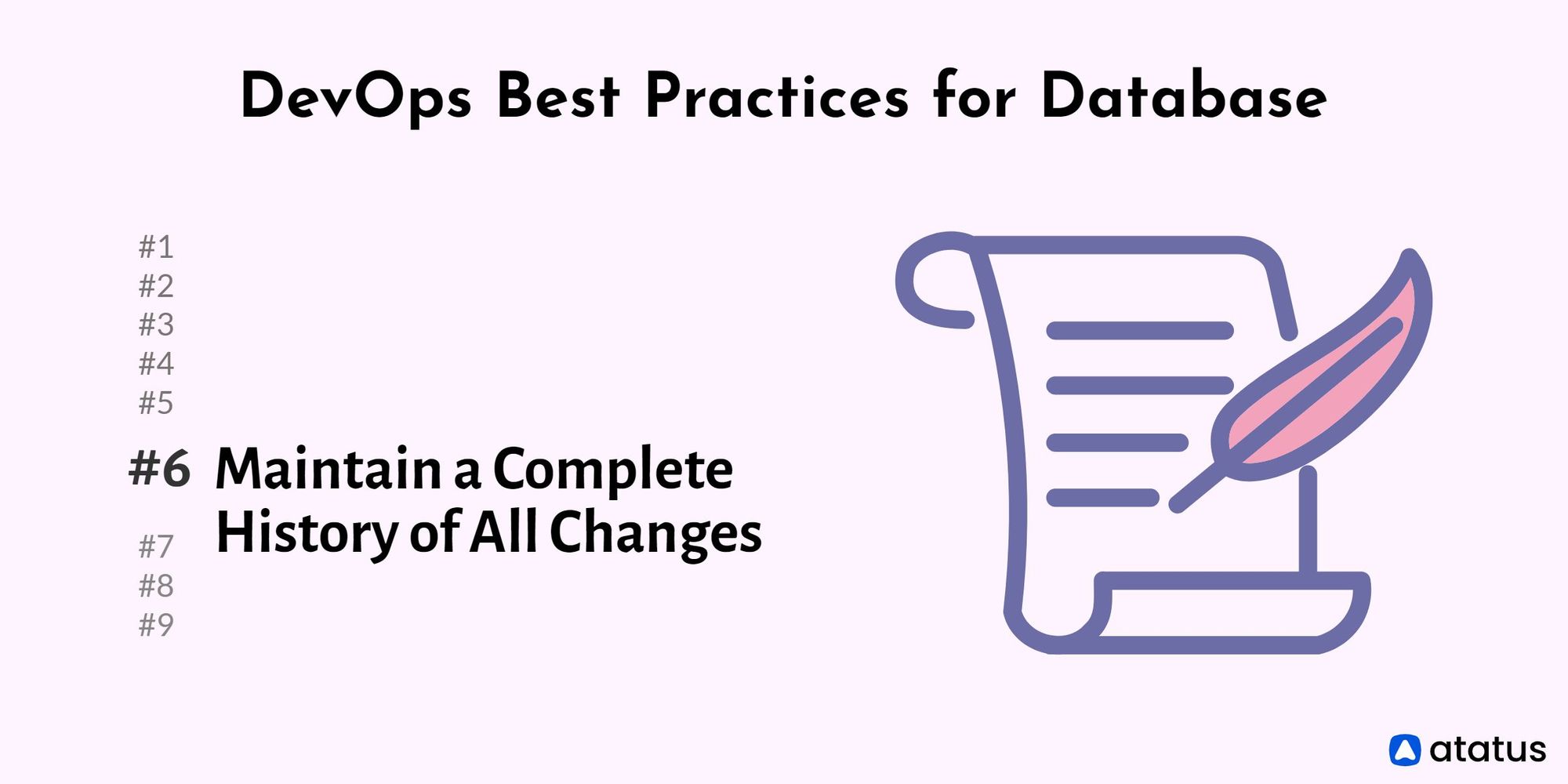
A complete history of all database changes made at any given moment by all stakeholders, along with the ability to track versions and changes, is invaluable.
Another issue that many DBAs have to spend endless hours of manual labor to solve is having an audit record of all database changes.

The secret to effective compliance in the database is automatically documenting every activity that has been taken. Your job is made much simpler when the history of each and every code change is automatically recorded and accessible with just a few clicks.
#7 Measure Your KPIs
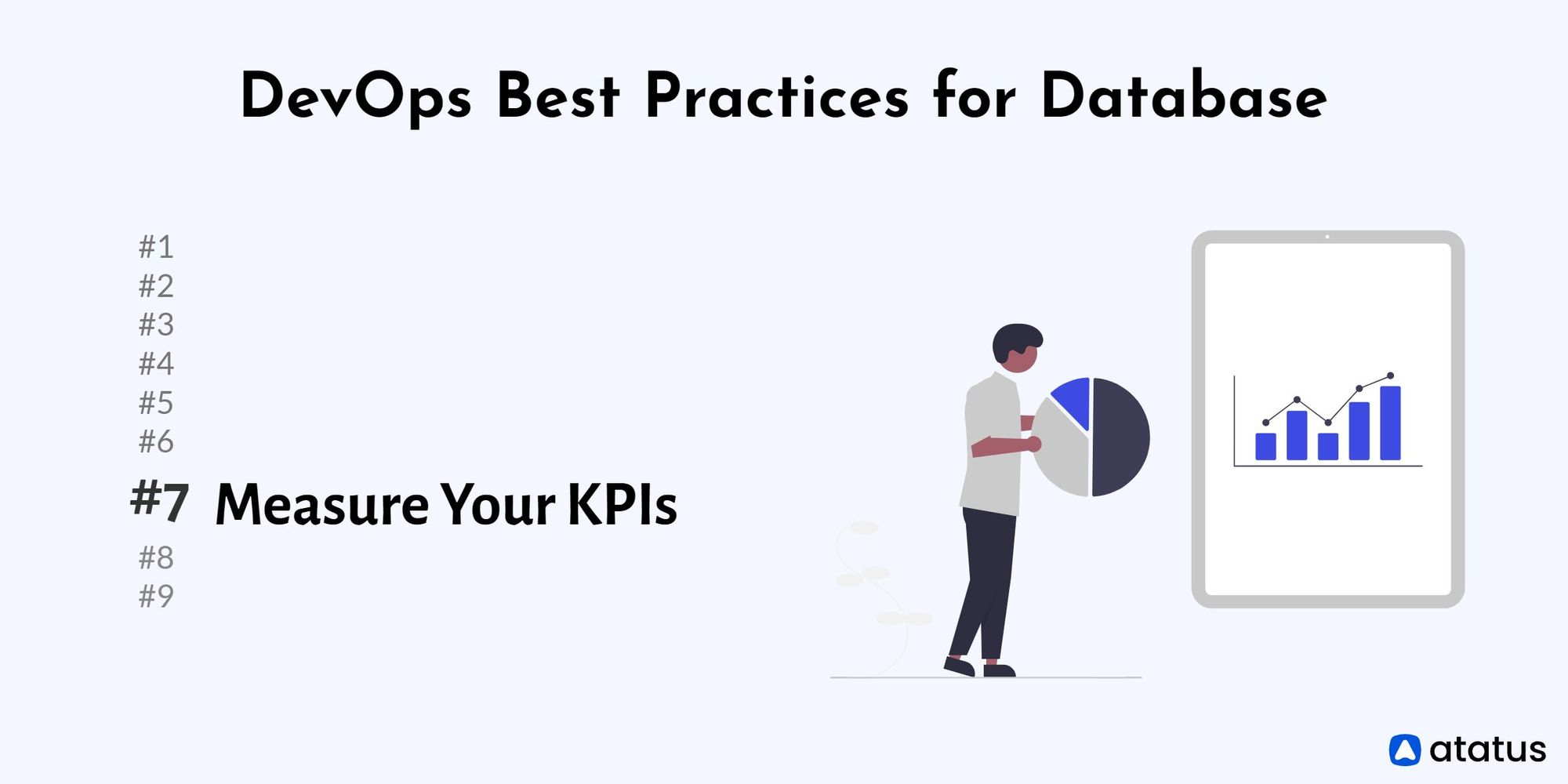
You can always get better at anything you measure. You can't make improvements if you don't understand what is going on.
You are unaware of your ignorance. You cannot see the wider picture while a process is going and you are not measuring it. You could overlook repeated errors, for example, one team can make errors, and you might experience delays occasionally.
To maximize your release pipelines, there is no magic bullet. However, measuring is the first step in streamlining your procedure. Therefore, choosing the appropriate performance KPIs for your particular context is the first step. These metrics need to be created as soon as possible.
#8 Enforce Company Standards and Guidelines
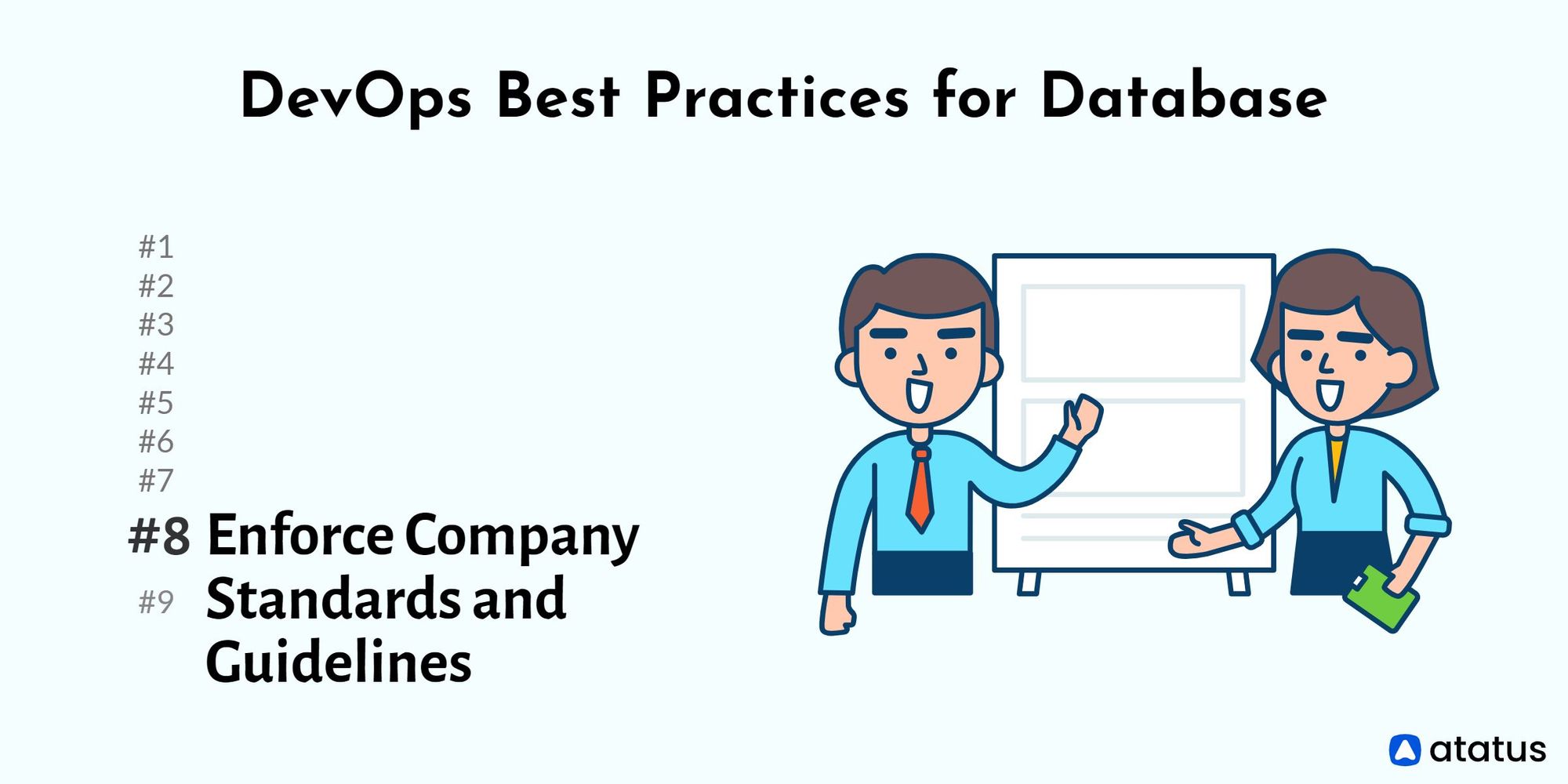
The tools available to developers to enforce company policies and standards in the application code are numerous. With databases, however, developers frequently operate in the dark and encounter issues only after the version has been pushed to production.
DBAs use manual workflows to incorporate the most recent updates into the database at the same time. The database consequently becomes the bottleneck, greatly slowing down your releases.
Database release and delivery must undoubtedly be automated to adhere to regulations and standards. The same as with application code, this entails blocklisting particular database operations while deciding on desirable code-naming standards and an appropriate window for production deployments.
Once your database has automated compliance with your company's policies and regulations, you can quickly check every release package in your pipeline and remove any incorrect code before it causes delays, bottlenecks, or other issues.
#9 Tech Stack Integration
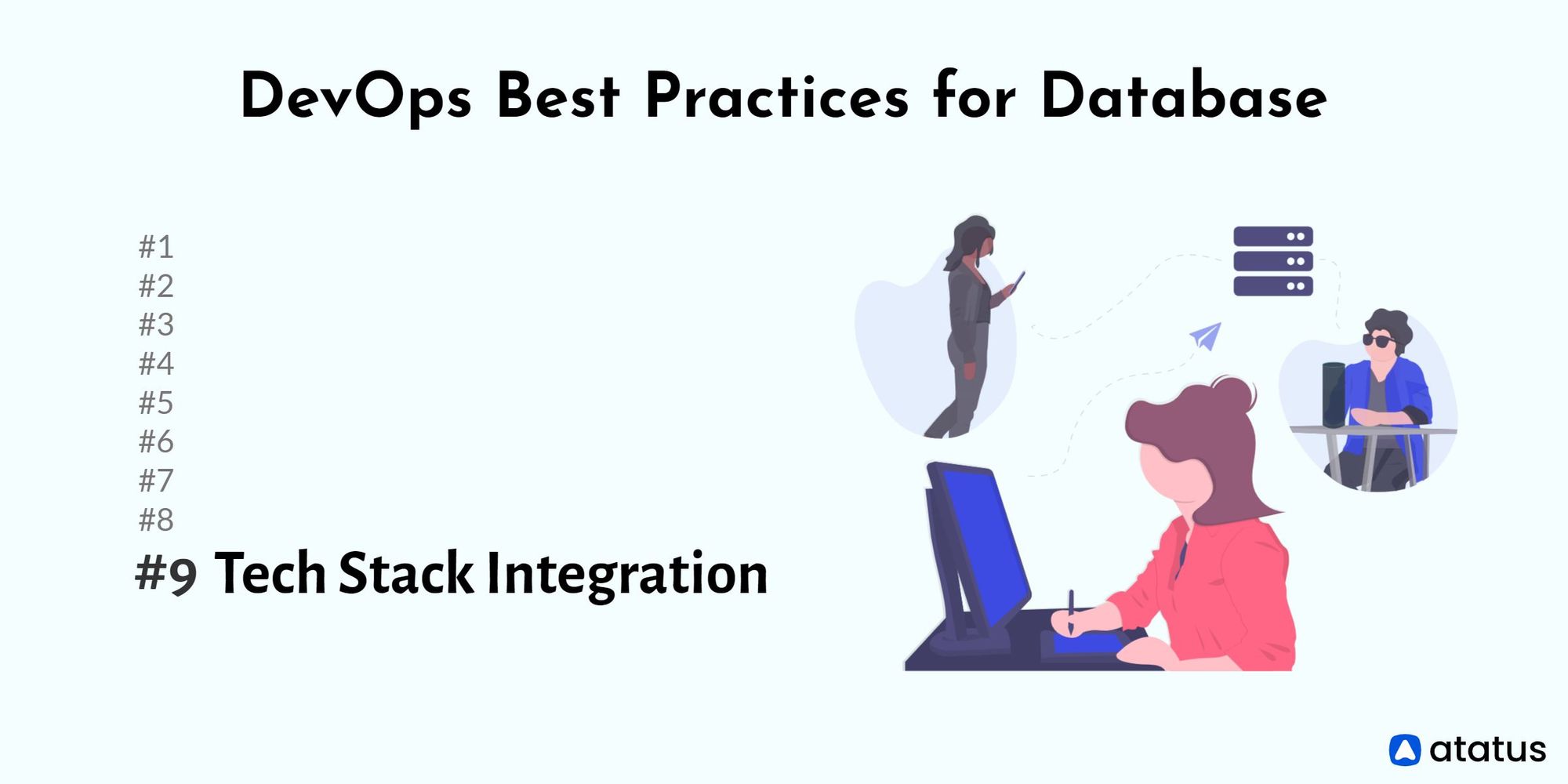
The database must be considered a crucial component of your DevOps release workflow. Unfortunately, it is still frequently neglected and worked on in isolation, leading to a bottleneck that frequently causes releases to delay.
Make sure the solution you select to automate your database is adaptable and works with the tools you already have. Fragmentation makes tasks more difficult. More work means more coding. More code needs more maintenance. You must avoid a vicious loop.
Our CI/CD toolchains each contain a variety of tools. Jenkins, Jira, and many databases, including Oracle, MySQL, and RDS, to name a few, are all included. The important thing is to make sure that these tools all function well together.
Wrap Up!!!
It's not the sole goal of DevOps to break down the barrier between development and operations. It is necessary to assess every manual process in the delivery pipeline to see if it can be automated for this reason.
Since database modifications are undoubtedly a laborious procedure, they should be included in the DevOps implementation. In general, developers wait for database updates (performed by DBAs) to be finished before continuing with their work.
Shorter iterations and quicker releases are results of DevOps strategies. We can speed up your development process by integrating DevOps into databases.
Monitor Your Database with Atatus
Atatus provides you an in-depth perspective of your database performance by uncovering slow database queries that occur within your requests, and transaction traces to give you actionable insights. With normalized queries, you can see a list of all slow SQL calls to see which tables and operations have the most impact, know exactly which function was used and when it was performed, and see if your modifications improve performance over time.
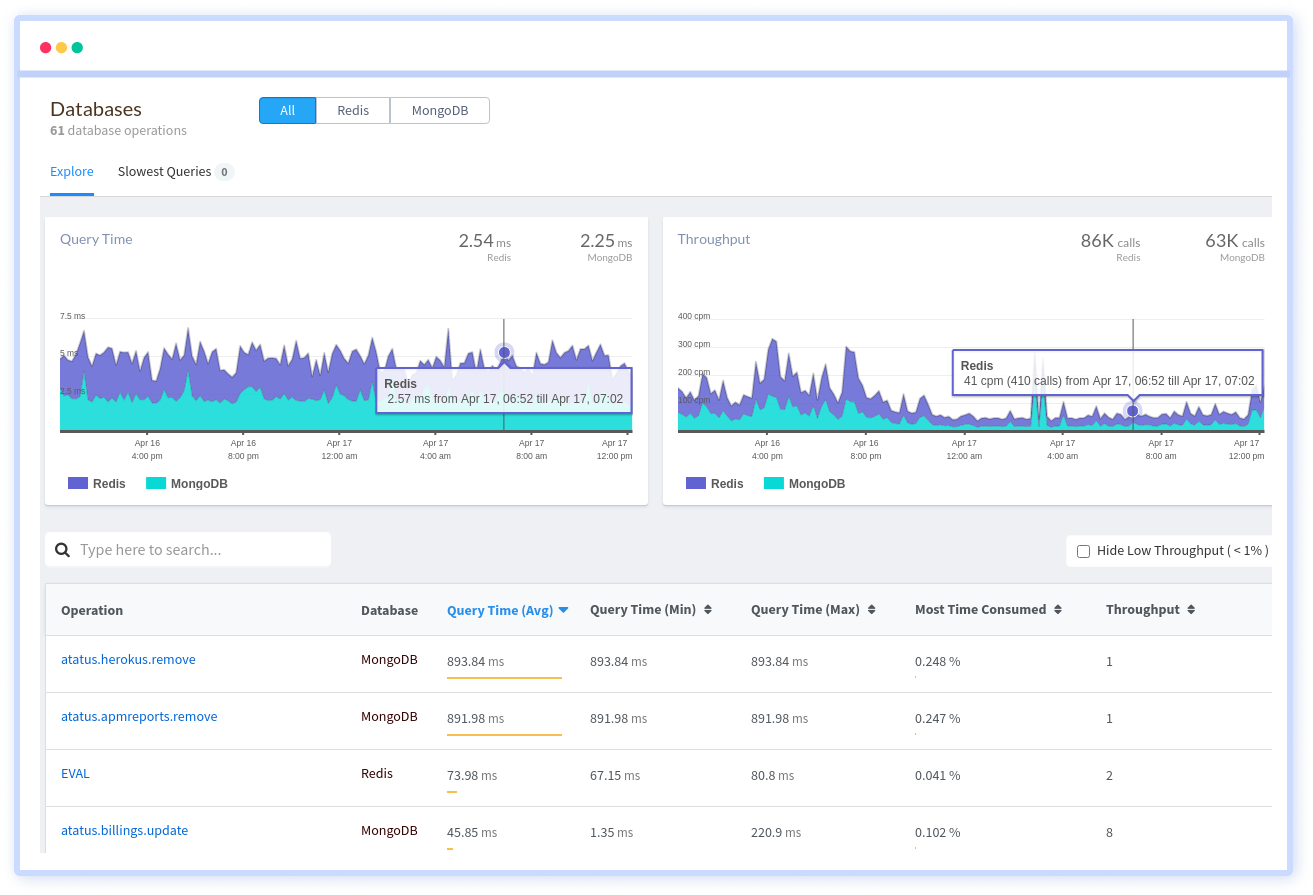
Atatus benefit your business, providing a comprehensive view of your application, including how it works, where performance bottlenecks exist, which users are most impacted, and which errors break your code for your frontend, backend, and infrastructure.
#1 Solution for Logs, Traces & Metrics
APM
Kubernetes
Logs
Synthetics
RUM
Serverless
Security
More

